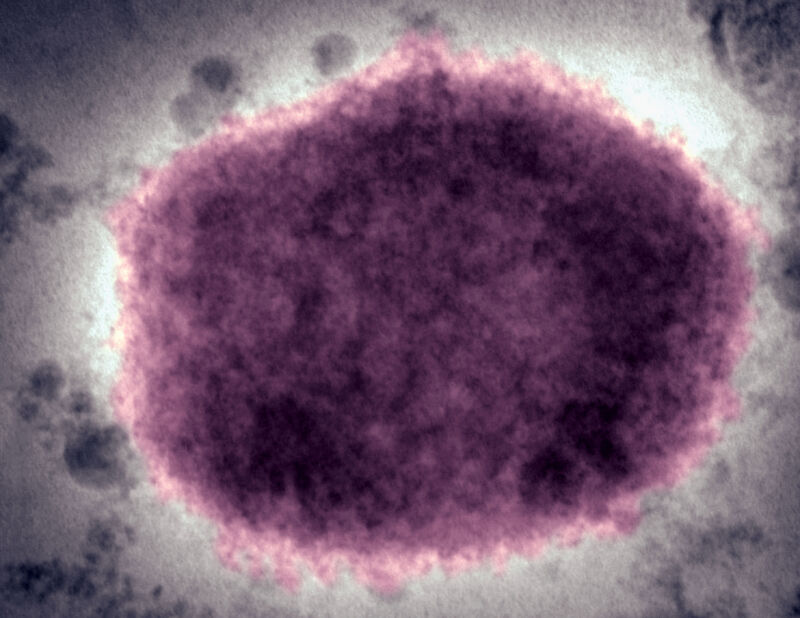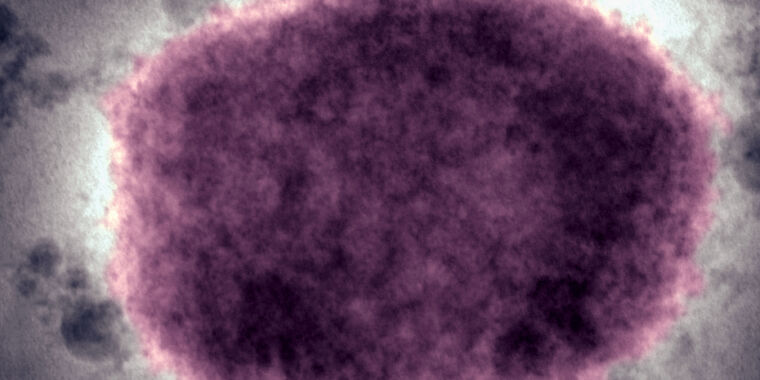
Health officials in the US have confirmed 21 cases of monkeypox across 11 states amid a multinational outbreak that has grown to more than 800 cases in over two dozen countries.
In a press briefing Friday, the Centers for Disease Control and Prevention discussed details of the 17 US cases that officials have clinical data. The officials noted that genetic sequencing from some of the cases revealed two distinct lineages of the monkeypox virus, which may indicate that monkeypox has been quietly spreading among humans for much longer than previously known. It also deepens concern over whether the current outbreak can be contained entirely.
Low risk overall
So far, there have been no deaths reported in the US or multinational outbreak. Among the 17 well-documented US cases, all patients are reported to be doing well and are isolating.
Though there have been two lineages identified in the outbreak, they fall into the clade of monkeypox virus dubbed the West African clade. This is the milder of two known monkeypox clades and has an estimated case fatality rate of 1 percent. The other clade is the Congo Basin clade, which has an estimated case fatality rate of up to 10 percent.
Monkeypox, which is endemic in animals in West and Central Africa, is not easily transmitted between humans. The large DNA virus spreads from human to human through close contact, including: direct, often sustained, skin-to-skin contact; direct contact with infected body fluids, particularly the fluids from skin lesions; direct contact with materials contaminated by bodily fluids or lesions, such as bed linens and clothing; and through respiratory droplets that typically require prolonged, face-to-face interaction to transmit the virus.
Overall, with the relatively mild illnesses, no deaths, and poor transmission, public health officials, including those at the US CDC, continue to assess the risk to general public health as low.
“That being said, we don’t want to minimize this condition,” Jennifer McQuiston, deputy director of the CDC’s Division of High Consequence Pathogens and Pathology, said in the press briefing Friday. “The rash caused by monkeypox virus can spread widely across the body or present in sensitive areas like the genitalia. It can be really painful, and some patients have reported needing prescription pain medicine to manage that pain. The sores can also cause long-term scarring on the skin.”
Network spread
Most of the cases identified in the multinational outbreak continue to be in men who identify as gay or bisexual, or in other men who have sex with men (MSM). Of the US cases discussed in the CDC briefing—which were published Friday in the CDC’s Morbidity and Mortality Weekly Report—16 of the 17 cases were in MSM.
Although monkeypox is not considered a sexually-transmitted infection (STI), it can spread via close contact during sex. In the current outbreak, it appears the virus is spreading mainly through sexual networks. However, health officials continue to caution against spurring stigma. The large proportion of cases identified in MSM may partly reflect that many MSM have strong, established relationships with health care providers, particularly with sexual health services. Additionally, not all cases have been among MSM, and the virus will infect indiscriminately.








